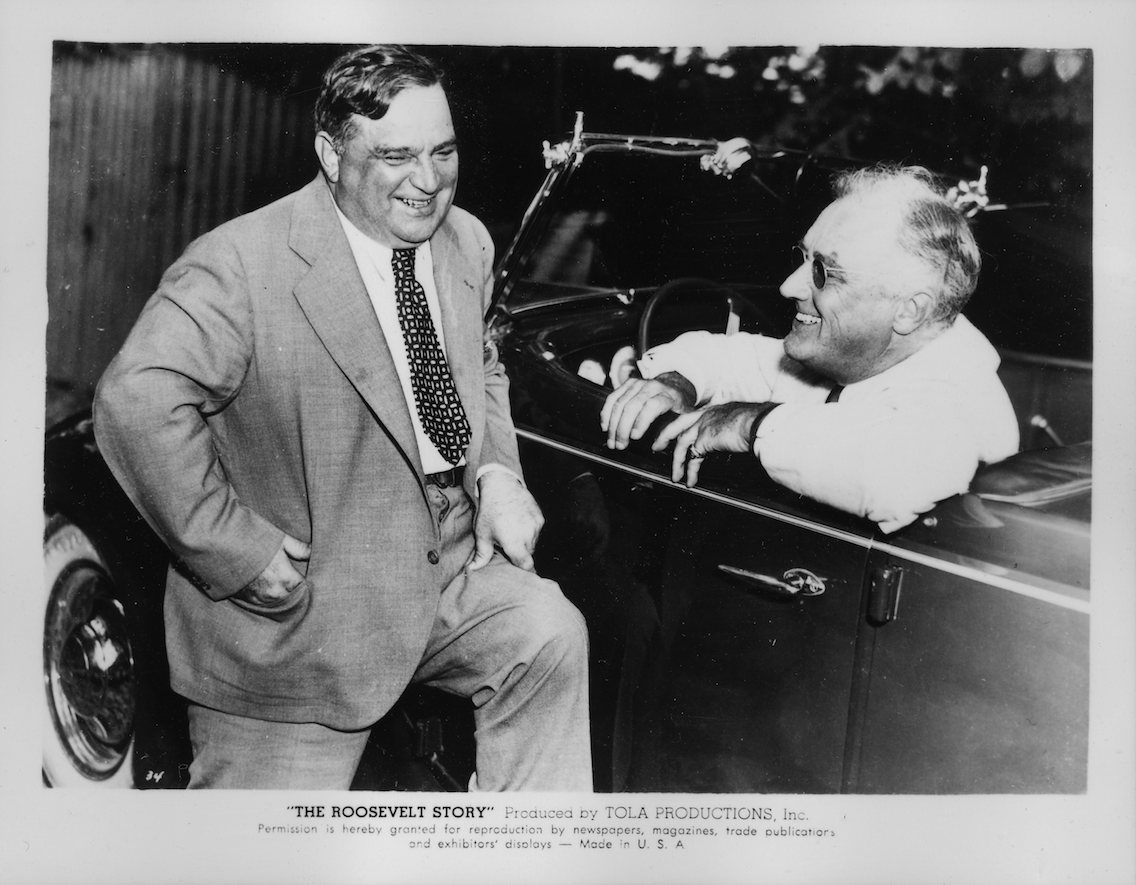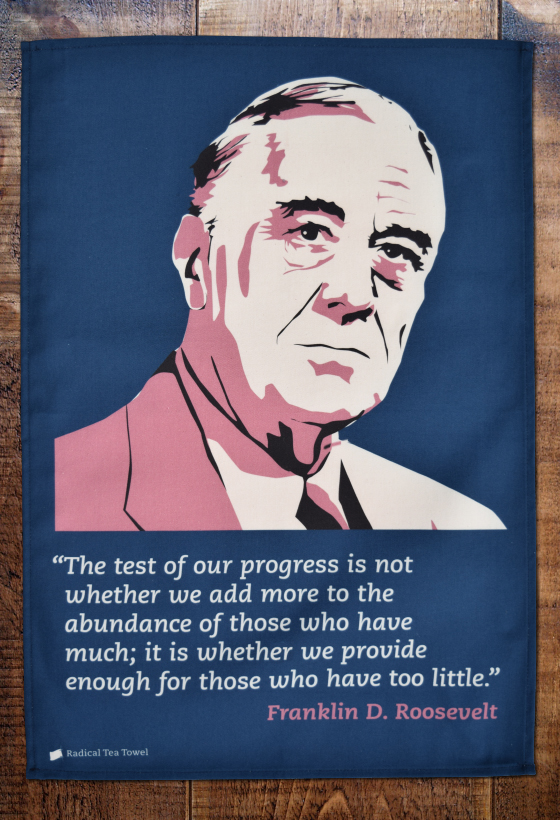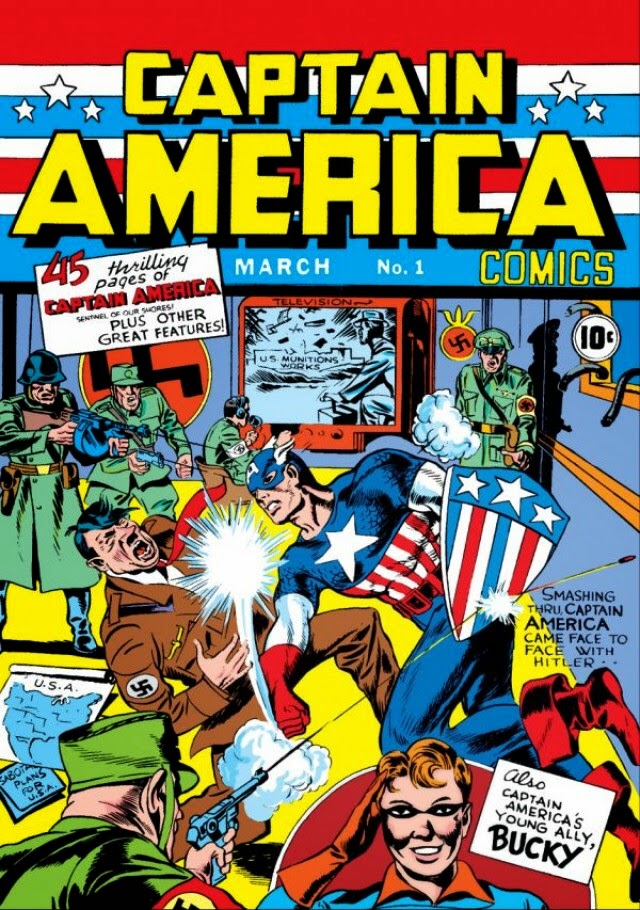Fiorello La Guardia: A Little Flower in the Big Apple
Posted by Pete on Dec 11th 2019
Fiorello Henry La Guardia was born today in 1882. While best-known for the airport named after him, his greatest legacy was a decade of progressive leadership as New York’s Mayor during the 1930s and ‘40s.
“People who’ve had airports named after them” is a formidable club.
There’s John Lennon (Liverpool), Leonardo Da Vinci (Rome) and even Marco Polo (Venice).
But New York’s man stands tall, even in this company.
And I’m not talking about JFK.
No, today’s topic is the peerless Fiorello H. La Guardia.
The New Deal in New York City
Fiorello – or ‘Little Flower’ in his parents’ native Italian (he was only 5ft 2) – was, with the possible exception of FDR or Huey Long, the biggest progressive figure in interwar US politics.
Above: La Guardia with FDR, 1938
As Mayor of New York City for over a decade (1934-45), La Guardia established himself as a lasting icon of the American Left (in the late 1950s, a young Howard Zinn chose to write his doctoral dissertation on Fiorello’s career).
La Guardia was born to Italian parents, but he didn’t have the typical Italian-American upbringing.
His dad, Achille, was a lapsed Catholic and his mom, Irene, was Jewish, and they decided to raise Fiorello as an Episcopalian – a faith he kept to all his life.
His politics were atypical as well.
On a local level, Fiorello was against the infamous Tammany Hall machine at a time when Italian-Americans in New York generally backed it.
And nationally, he was a Republican New Dealer in close alliance with Franklin Roosevelt throughout the 1930s and ‘40s.
Click to see our tea towel honoring one of America's greatest presidents
It was this alliance which would play such a huge role in La Guardia’s progressive resurrection of New York City after the carnage of the Wall Street Crash.
New York City Mayor Fiorello La Guardia
Fiorello, New York’s first Italian-American Mayor, took up office in January 1934 with five big goals: restore financial health after the bankers had screwed everything up, increase relief for the unemployed, tackle corruption in government and business, create a genuinely meritocratic civil service, and modernise the city’s infrastructure.
Much of this he achieved with the help of lots of New Deal investment from the federal government.
Massive public works programs like the Brooklyn Battery Tunnel and the two airports which would later be named LaGuardia and JFK created thousands of jobs and got the city’s economy up and running again.
New York fast became a model New Deal city, showcasing the virtues of public investment as a way to stimulate economic growth.
Meanwhile, Mayor La Guardia was staking out progressive positions on a number of other issues too.
A passionate internationalist, anti-racist and immigrant rights activist (he’d worked as a translator on Ellis Island in his youth), La Guardia was one of the first American politicians to take a decisive stand against Hitler and European fascism.
He led anti-Nazi rallies in New York and called for the boycott of German goods; and in 1940, La Guardia gave a police escort to two Jewish comic book artists, Joe Simon and Jack Kirby, when they were threatened by American fascists for depicting a new superhero punching Hitler in the jaw.
You may have heard the hero’s name before: ‘Captain America'.
Above: Fiorello La Guardia helped save Captain America.... from American Nazi Groups
La Guardia's Progressive Legacy Today
La Guardia was also a passionate supporter of labor unions and workers’ rights.
Back when he was a congressman for East Harlem, he’d got the Norris-La Guardia Act passed (with fellow progressive, George Norris), which put crucial limits on the judiciary’s then-excessive power to interfere in union disputes on the side of bosses.
Far more than just the man whose name is on New York's third airport, Fiorello La Guardia was a crucial figure in the history of the New Deal and the wider radical history of the 20th century United States.
It’s in his footsteps that Bernie, AOC, Warren and the entire 21st century progressive movement are following when they take up the banner of the New Deal to call for a more egalitarian society today.



